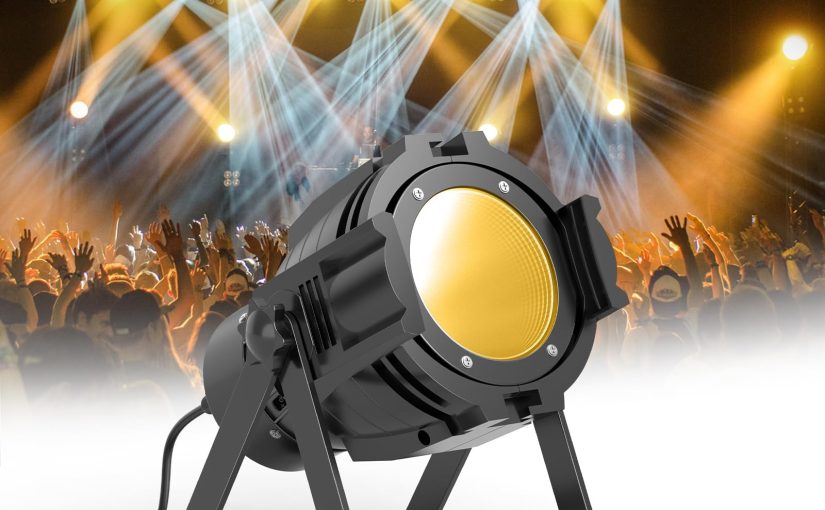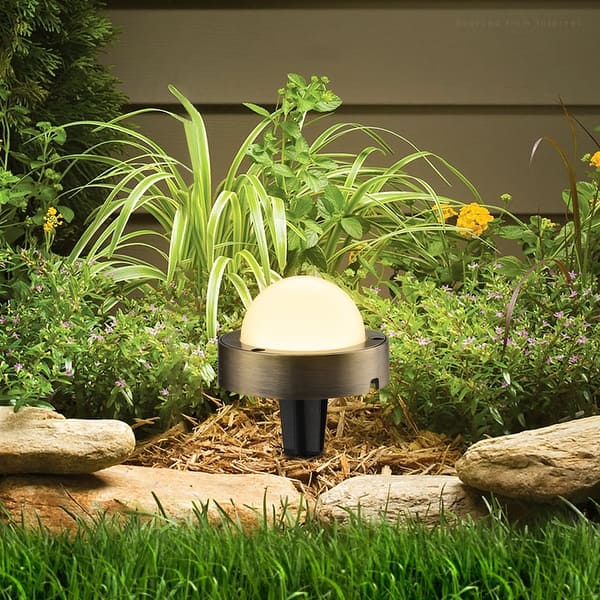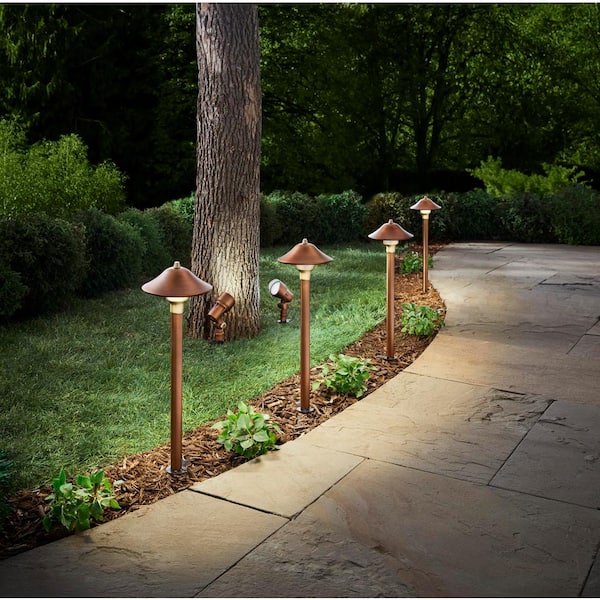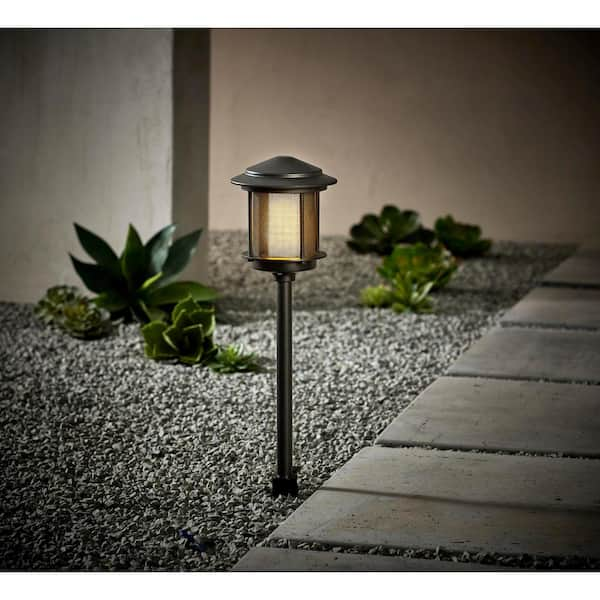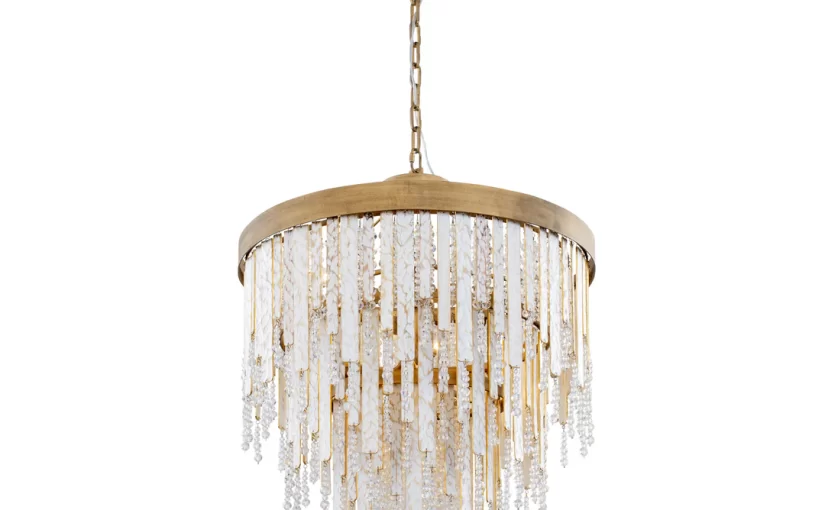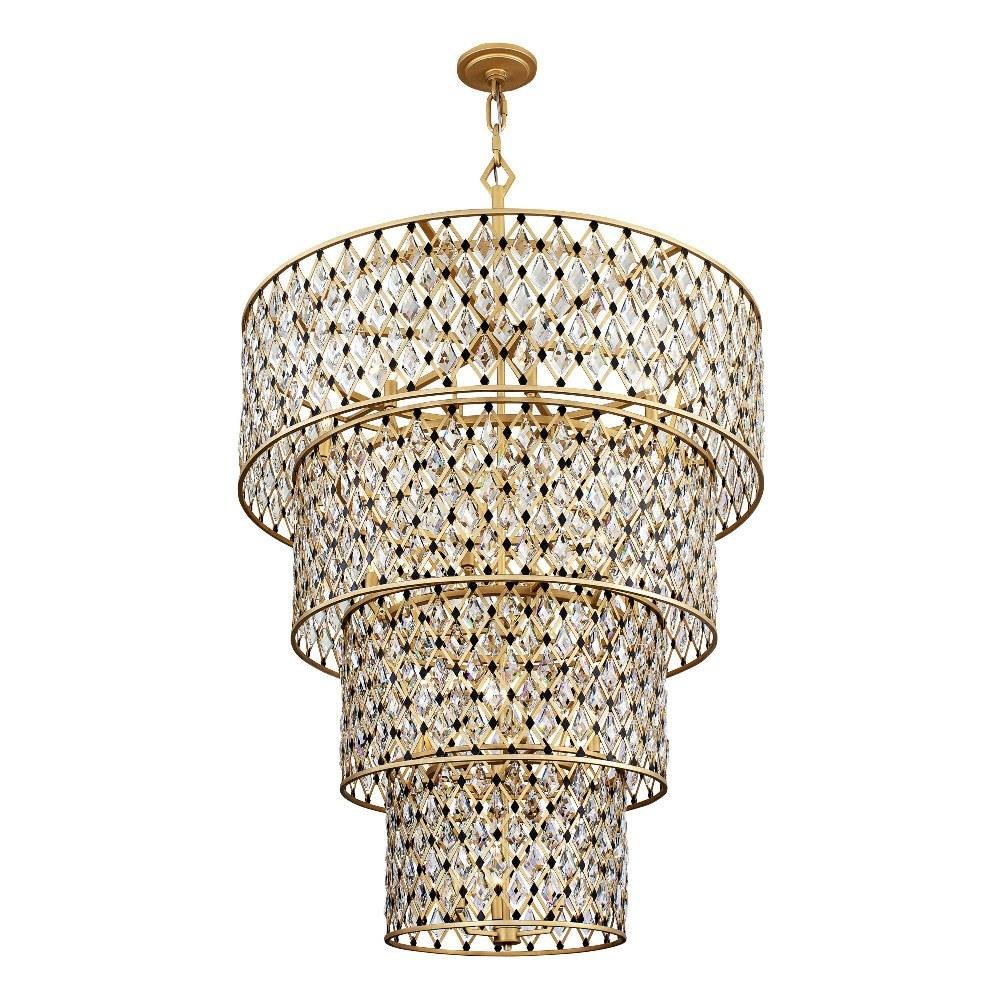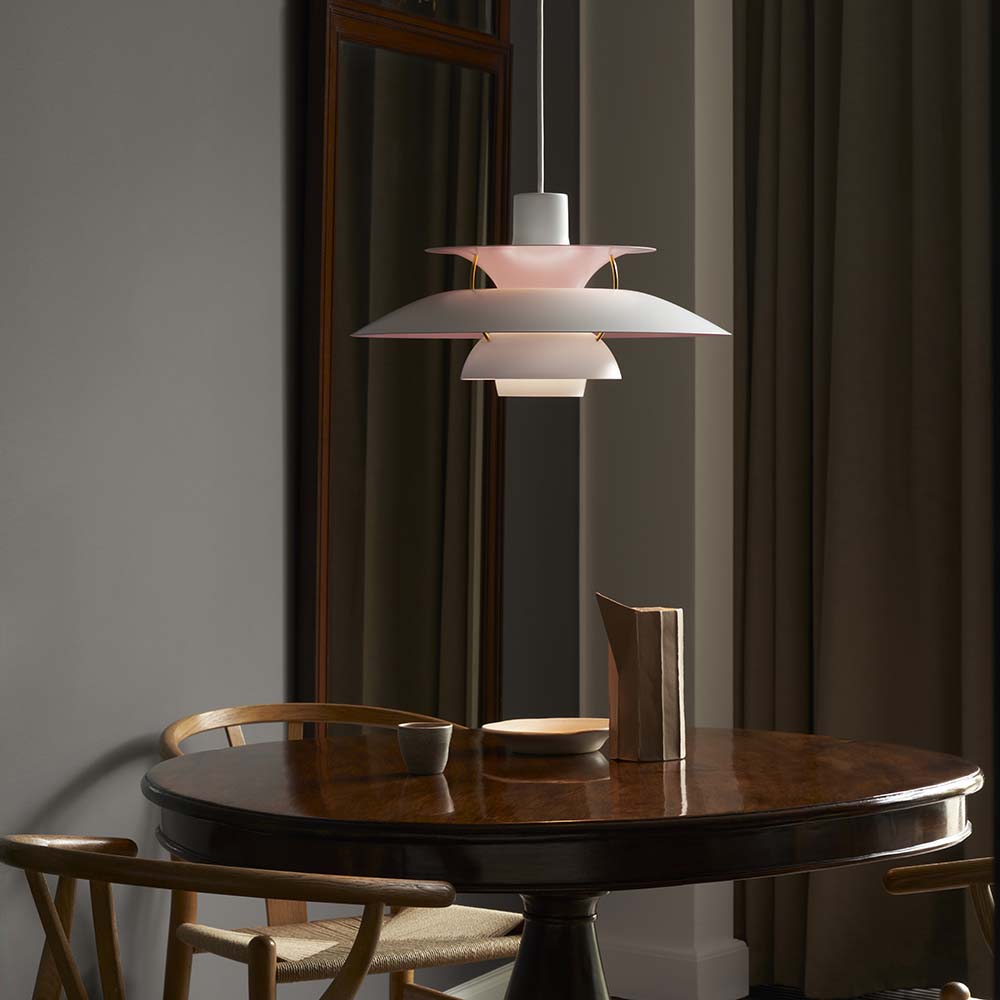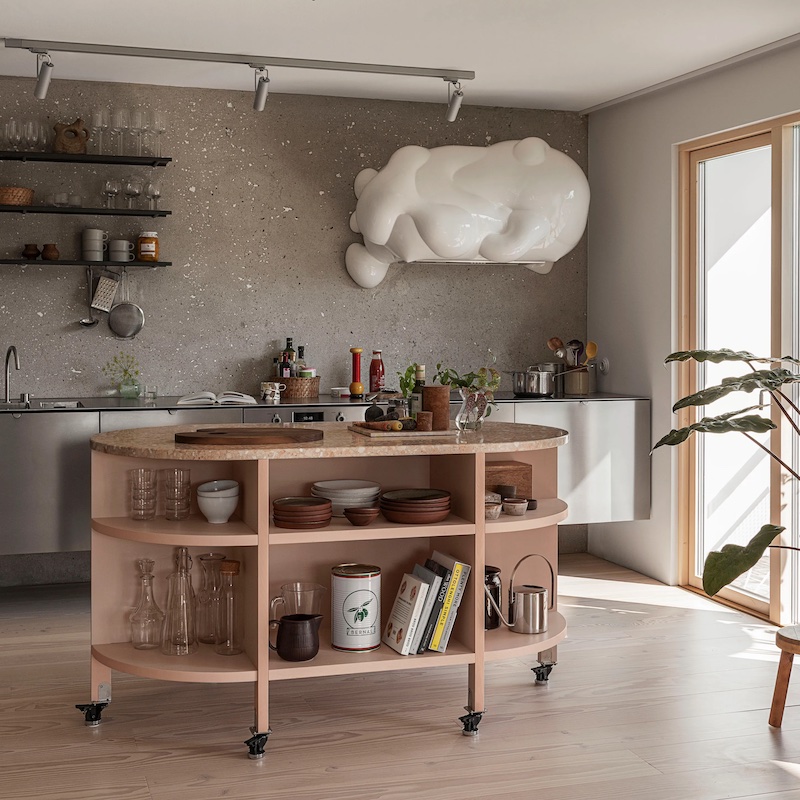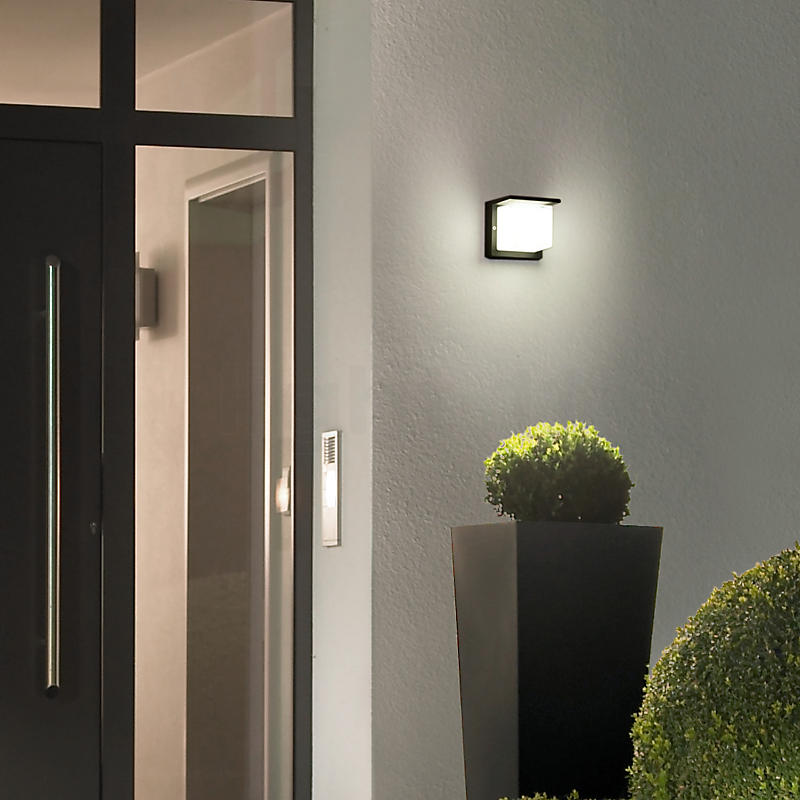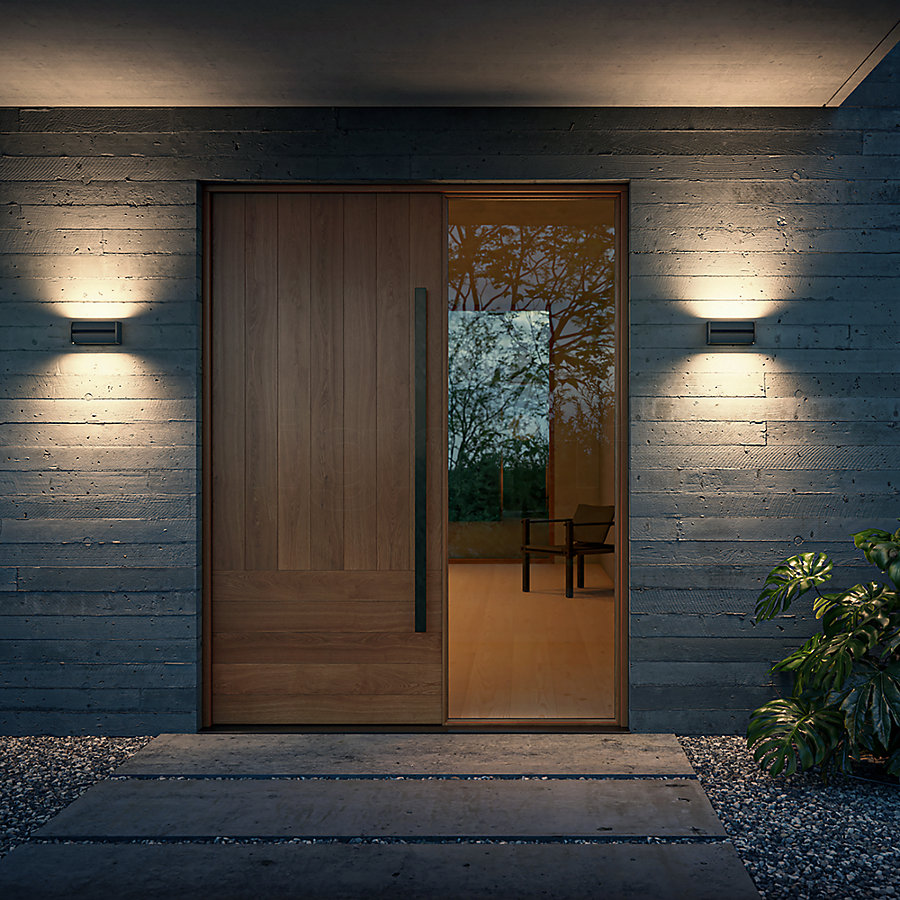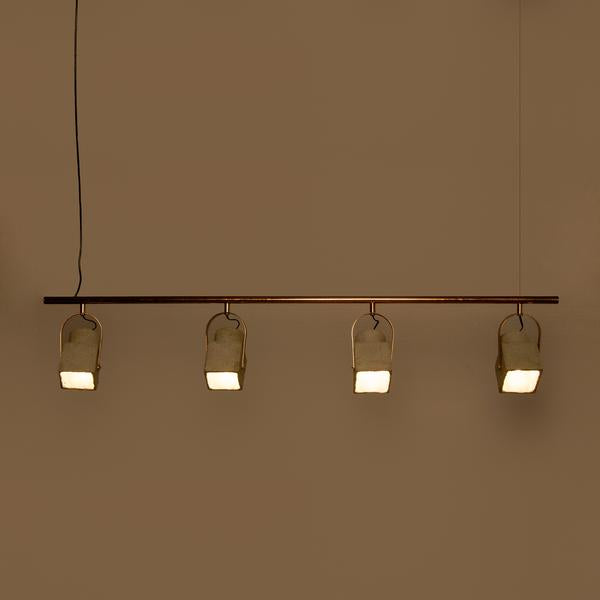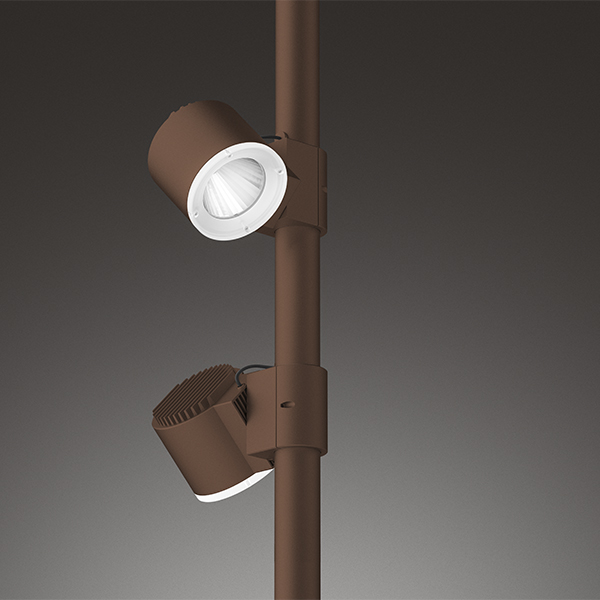Introduction
Stage lighting plays a crucial role in enhancing the visual appeal and overall impact of a live performance. Whether it’s a play, concert, dance performance, or any other event, the right lighting can create the perfect ambiance and draw attention to the performers. In this comprehensive guide to stage lighting, we will delve into the various aspects of this art form, from its history and principles to the equipment and techniques used in modern productions.
Part 1: The History and Evolution of Stage Lighting
Level 1: The Origins of Stage Lighting
The use of artificial lighting in performances can be traced back to ancient civilizations such as the Greeks and Romans, who used torches, oil lamps, and candles to illuminate their theatrical productions. Over time, advancements in technology led to the development of more sophisticated lighting methods, including the invention of the limelight in the 19th century.
Level 2: The Emergence of Modern Stage Lighting
The 20th century saw significant advancements in stage lighting, with the introduction of electric lights, colored gels, and automated fixtures. Innovations such as the Fresnel and ellipsoidal lights revolutionized the way stage lighting was used, allowing for more precise control over brightness and focus.
Part 2: The Principles of Stage Lighting
Level 1: Understanding the Basics of Lighting Design
The art of lighting design revolves around creating a balance between visibility, mood, and composition. Lighting designers use various techniques, such as intensity, color, and angle, to achieve the desired effects and complement the overall production.
Level 2: The Psychology of Light
Lighting can evoke emotional responses and shape the audience’s perception of a performance. Warm colors like reds and oranges can create a sense of warmth and intimacy, while cool colors like blues and greens can convey a sense of calm or isolation. Understanding the psychological impact of light is essential for creating a compelling visual experience.
Part 3: Equipment for Stage Lighting
Level 1: Essential Lighting Fixtures
Key lighting fixtures used in stage productions include spotlights, floodlights, and wash lights, which are used to illuminate specific areas of the stage or create a general wash of light. Each type of fixture serves a different purpose and can be used to achieve various lighting effects.
Level 2: Control Systems and Accessories
Modern stage lighting systems are using sophisticated software and hardware, allowing for precise control over intensity, color, and movement. Accessories such as gobos, diffusers, and filters are used to further manipulate the quality of light and create unique visual effects.
Part 4: Techniques for Effective Stage Lighting
Level 1: Setting the Stage
Before a performance, lighting designers work closely with the production team to determine the lighting requirements for each scene or musical number. This includes establishing the general mood, highlighting key elements, and ensuring that the lighting complements the overall aesthetic of the production.
Level 2: Creating Dynamic Lighting Cues
During a live performance, lighting cues are used to transition between different scenes, highlight specific moments, and convey mood changes. These cues are meticulously choreographed to sync with the performers’ movements and dialogue, enhancing the overall visual storytelling.
Part 5: Innovations and Trends in Stage Lighting
Level 1: LED Technology
LED lighting has revolutionized the stage lighting industry, offering energy-efficient and highly controllable light sources. LED fixtures are capable of producing a wide range of colors and effects, making them a popular choice for modern productions.
Level 2: Interactive and Immersive Lighting Experiences
Advancements in technology have paved the way for interactive and immersive lighting experiences, where the audience can actively participate in the visual spectacle. This can include interactive light installations, projection mapping, and synchronized lighting effects that respond to live music or audience input.
Part 6: Types of Stage Lights and Their Functions
Stage lights come in various types, each serving a specific purpose in creating the desired lighting effect for a performance. Some of the most commonly used types of stage lights include:
- Fresnel Lights: These are versatile lights that produce a soft, diffused light with a wide beam angle, making them ideal for general stage washes.
- Par Cans: These are powerful, high-intensity lights that produce a narrow, focused beam of light, making them suitable for highlighting specific areas or creating dramatic effects.
- Spotlights: Spotlights are powerful, focused lights that can highlight individual performers or specific set pieces on stage.
- LED Lights: LED lights are energy-efficient and versatile, offering a wide range of colors and effects, making them ideal for creating dynamic and visually engaging lighting designs.
Each type of stage light serves a unique function in enhancing the overall visual impact of a performance. By carefully selecting and positioning the right combination of lights, lighting designers can effectively convey the mood and atmosphere of the production, as well as draw the audience’s attention to key elements on stage.
Part 7: The Importance of Lighting Design in Theatre Productions
The role of lighting design in theatre productions extends far beyond simply illuminating the stage. Lighting serves as an essential tool for conveying the mood, atmosphere, and emotions of a performance, as well as directing the audience’s focus and guiding their emotional response.
A well-executed lighting design can transform a simple stage into a dynamic and immersive environment, enhancing the storytelling and bringing the production to life. By using a combination of different types of lights, colors, intensities, and movements, lighting designers can create visually striking and evocative scenes that complement the narrative and the emotions of the performers.
In addition to enhancing the visual impact of a performance, lighting design also plays a crucial role in ensuring the safety of the performers and crew. Properly designed and executed lighting can help prevent accidents and ensure that everyone on stage can see and navigate the space effectively.
It is a critical element that contributes to the overall success and impact of a performance, and a skilled lighting designer can elevate a production from good to unforgettable.
Part 8: Incorporating Lighting Technology in Stage Productions
Incorporating lighting technology in stage productions has revolutionized the way lighting designers create and execute their designs. From traditional incandescent lights to advanced LED fixtures and automated systems, lighting technology offers a wide range of options for creating dynamic and visually captivating lighting designs.
LED lights have become increasingly popular in stage productions due to their energy efficiency, durability, and versatility. They offer a wide range of colors and effects, allowing lighting designers to create stunning visual displays that were previously impossible with traditional incandescent lights. LED fixtures also have a longer lifespan, reducing the need for frequent replacements and maintenance, making them a cost-effective choice for theatre productions.
In addition to LED lights, automated lighting systems have also had a significant impact on stage productions. These systems allow for precise control over the positioning, intensity, and color of the lights, as well as the ability to create complex movements and patterns. This level of control enables lighting designers to create intricate and dynamic lighting designs that can transform a simple stage into a multidimensional and immersive environment.
Furthermore, the use of lighting control software and consoles has streamlined the process of programming and executing lighting cues, allowing for greater creativity and precision in lighting designs. These technological advancements have given lighting designers the ability to create visually stunning and evocative lighting designs that enhance the overall impact and storytelling of a production.
Part 9: The Role of Special Effects in Stage Lighting
Special effects play a crucial role in creating the overall atmosphere and ambiance of a stage performance. When it comes to stage lighting, special effects can encompass a wide range of techniques and equipment, all designed to enhance the visual impact of the production.
One of the most popular special effects in stage lighting is the use of fog and haze machines. These machines create a misty or cloudy atmosphere on stage, which can add drama and intrigue to the performance. By manipulating the intensity and distribution of the fog or haze, lighting designers can create stunning visual effects that complement the mood and tone of the production.
Another important special effect in stage lighting is the use of strobe lights. Strobe lights produce bright, rapid flashes of light, which can create a sense of movement or disorientation on stage. When used in conjunction with other lighting techniques, strobe lights can add an extra dimension to the visual storytelling of the performance.
Additionally, moving lights and intelligent lighting fixtures are essential special effects tools in modern stage lighting. These fixtures can create dynamic lighting movements and patterns, adding depth and texture to the stage design. They can also be programmed to change color, intensity, and position, providing versatility and flexibility for lighting designers to execute their creative vision.
Overall, special effects in stage lighting are a powerful tool for enhancing the overall impact of a stage production. Whether it’s creating a dreamy, ethereal atmosphere or a high-energy, dynamic environment, special effects can elevate the visual experience for both performers and audience members, making the production truly unforgettable.
Conclusion
Stage lighting is a multifaceted art form that plays a critical role in bringing a performance to life. By understanding the history, principles, equipment, techniques, and current trends in stage lighting, designers and enthusiasts can continue to push the boundaries of what is possible with light and create unforgettable experiences for audiences worldwide.
